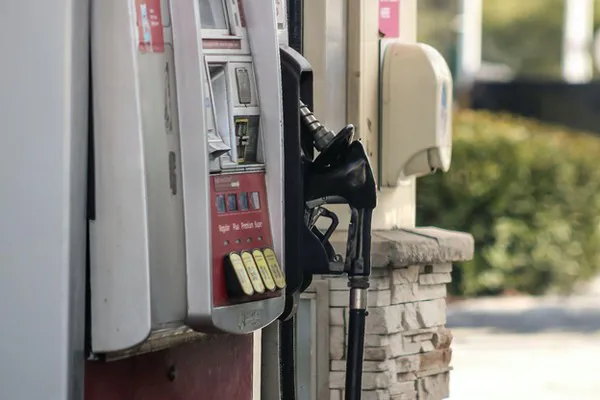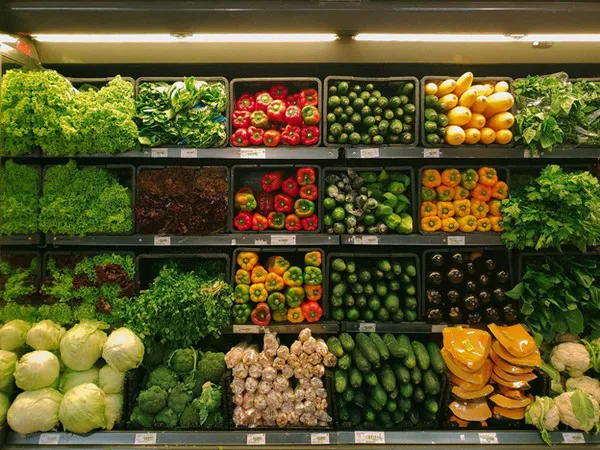"We are living in interesting times. The tragic war in Ukraine raises the specter of physical shortages of fertilizer and staple crops, even as we empathize with the suffering of so many Ukrainians," writes Janesha Anthony with Contain ag.
War comes on the heels of rising oil prices and the most visible impact on US consumers has been sharply higher gas prices. Since their low in May 2020, US retail gas prices have nearly doubled, they are the second-largest cost that US households face. Elsewhere, COVID restrictions have led to ongoing supply chain challenges and associated physical shortages and price rises. Some products have disappeared from the shelves, and may not return.

As a fintech specialist, the Contain team is often asked about the impact of these disruptions on indoor farms. We wish we had a cohesive answer, but at this stage, all we can do is lay out the five questions that we’re asking ourselves.
Five big unknowns
How will consumers react to inflation?
US consumers are not accustomed to dealing with food inflation nor to seeing empty supermarket shelves. This is changing as food inflation jumped to 7.9% in February vs a long-run rate of 3.4%[1], with double-digit increases in key products like meat, and - imminently - in eggs. Meanwhile, restaurants are rejigging menus to minimize price increases and maximize product availability and report that consumers are absorbing price increases rather than staying at home right now.
This is especially important for smaller indoor farmers that tend to rely on restaurant customers more than their larger brethren. Conceivably, higher produce prices will render some unviable indoor farms profitable, though labor and energy issues may outweigh this advantage.
Open question: What happens if hyperinflation emerges in the US?
How do indoor farmers adapt to higher energy prices?
Notoriously, indoor farmers are more reliant on energy for production than their outdoor counterparts, especially if they are entirely dependent on LEDs for lighting. Energy can represent as much as a third of operating costs, so rapid energy price increases are a disadvantage. That said, some newer technologies (such as that of Intelligent Growth Solutions) focus on cutting energy usage and other players are looking to add renewables to their tech stack.
Open question: can indoor farmers adapt to high energy prices fast enough to gain an advantage?

Will local become essential?
There are two reasons to believe that indoor farms might become more popular among produce buyers; they offer local supply at a time when transportation is expensive and hard to secure, and some have more flexibility in their operations, more easily able to switch around product offerings in response to consumer demand. On the flip side, if consumers switch to cheaper veggies, they may eschew the higher priced microgreens and salad mixes that often make indoor farms economically viable.
Open question: will produce buyers push indoor farms to diversity crops away from leafy greens, as we’re already seeing with Bowery Farming and Plenty Ag moving into strawberries?
Can indoor farms keep expanding?
Indoor farms are on an expansion dash in the US, with investor-backed farms in particular looking to add capacity as fast as possible. Supply chain challenges may mean delays in delivering equipment, whilst labor ones lengthen build times and inflation forces price increases on equipment.
Open question: Will we see a switch to domestic suppliers for equipment?
Will investors keep writing checks?
Investors have continued to favor indoor agriculture firms in the first quarter, with just under $1/2bn invested, and they still have plenty of dry powder with which to continue support. We detailed these trends in our 2021 funding review back in January, it can be downloaded here.
Yet, there have been some concerns that payback has been slower than investors expected, and funding markets are notorious for snapping shut at inconvenient moments. Naturally, industry expansion plans would be slowed by less investment, especially at a time of higher farm build costs.
Open question: Will indoor ag remain a hot investment sector?

For more information:
Contain Inc.
Janesha Anthony
janesha@contain.ag
www.contain.ag
Footnotes:
[1] US Bureau of Labor Statistics
